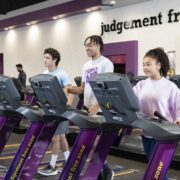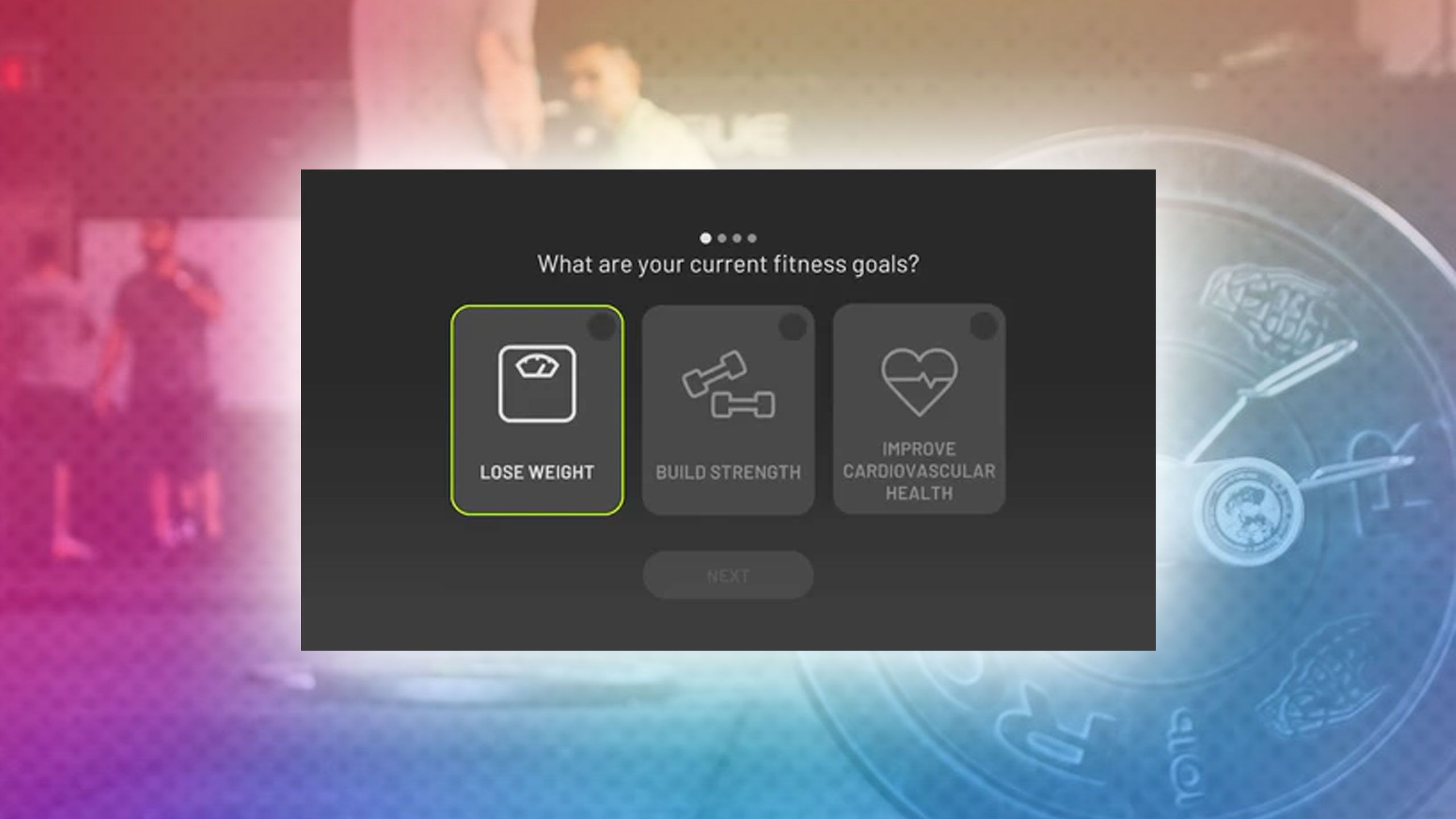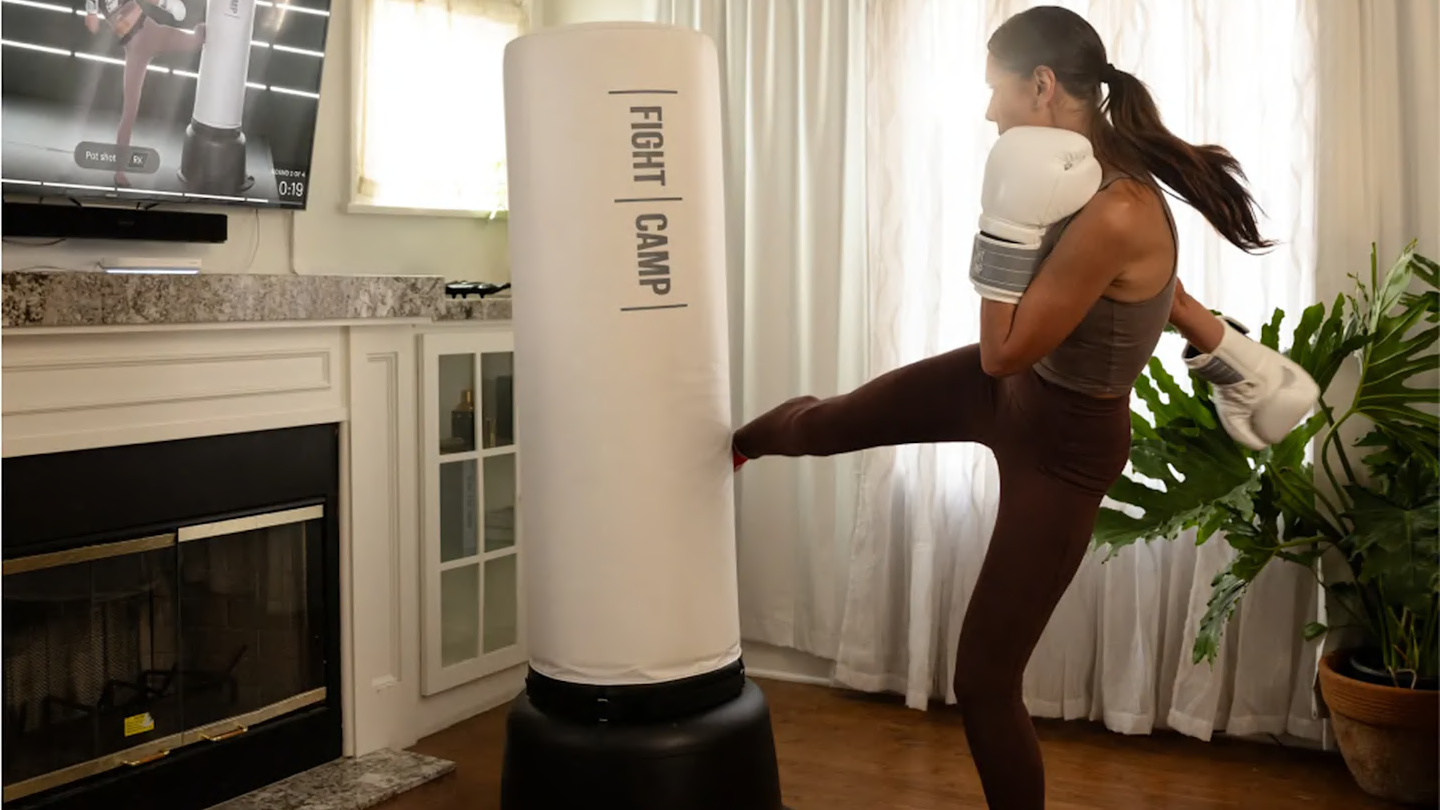Founded just a few years ago, the fitness brand has quickly struck a chord with New Yorkers thanks to its unique “squad training” concept
Loneliness has become one of the most pressing mental health issues in societies across the globe, especially among Millennials and Gen Z-ers, many of whom struggle to form meaningful social connections amid the pace of modern life.
Nearly one in four adults across the world reported feeling lonely, according to a recent poll. For young people, that number may be significantly higher.
One New York-based group fitness brand is doing its part to help change that dynamic, pioneering a new approach to group fitness that puts social connection at the forefront.
Its name is The Athletic Clubs, and it might just change the way we work out — and make friends.
Founded in 2021 by Dane McCarthy, The Athletic Clubs has quickly struck a chord with New Yorkers, opening four brick-and-mortar studios (a fifth is coming soon) and amassing nearly 1,000 members in just a few years. It’s also received backing from Anne Mahlum, the Solidcore founder turned fitness and wellness investor.
Like most successful start-ups, The Athletic Clubs was created to solve a problem. McCarthy, who grew up in Australia but moved to New York City for work after getting his MBA, felt there was something wrong with America’s fitness culture: it didn’t foster social connection.
“In the U.S., the workout culture is fast-paced, energetic, entertaining and exciting, but there wasn’t much opportunity to connect with the people you’re working out with,” McCarthy tells Athletech News. “In Australia, people play team sports later into life, so our workout culture is really about working out with your closest mates.”
During the pandemic, McCarthy gathered some of his rugby friends to meet twice a week for outdoor workouts in NYC. The concept caught on and eventually, McCarthy was running group workouts at outdoor parks across the city.
After one training mate confided that working out with like-minded people drastically improved his mental health, McCarthy realized the enormous potential of social fitness.
“He told me that the experience of having a set group of people he could organically get to know really changed his outlook, and saved him from some pretty dark outcomes,” McCarthy shares. “That was a moment where I was like, ‘Wow, this method of training is not just about getting people fit, it’s really about providing a network and ensuring people aren’t feeling isolated.’”
After that encounter, McCarthy got to work building a business plan, eventually opening his first brick-and-mortar studio. The Athletic Clubs was born.
The brand now operates three studios in Manhattan — in Greenwich Village, Meatpacking District and West Village – and another in Williamsburg, Brooklyn. A fifth studio is coming soon in Hoboken, New Jersey. Over the next 12 months, the brand is hoping to open an additional three to four locations.
A New Way To Work Out
The Athletic Clubs revolves around the concept of “squad training,” which consists of small groups of people who work out together twice per week, always at the same time and always together. Squad training classes are based around classic strength and conditioning exercises including kettlebell swings and similar movements.
Classes take around one hour and 10 minutes – 55 minutes for working out and another 15 minutes reserved for coffee and conversation.
Squads don’t change, so you truly get to know the people you’re working out with.
“It’s not about coming in, chilling by yourself, sweating as much as you can and then leaving,” McCarthy says, although he notes the workouts are challenging. “It’s about developing that connection before and after training so that you’ve got a reason to enjoy training.”
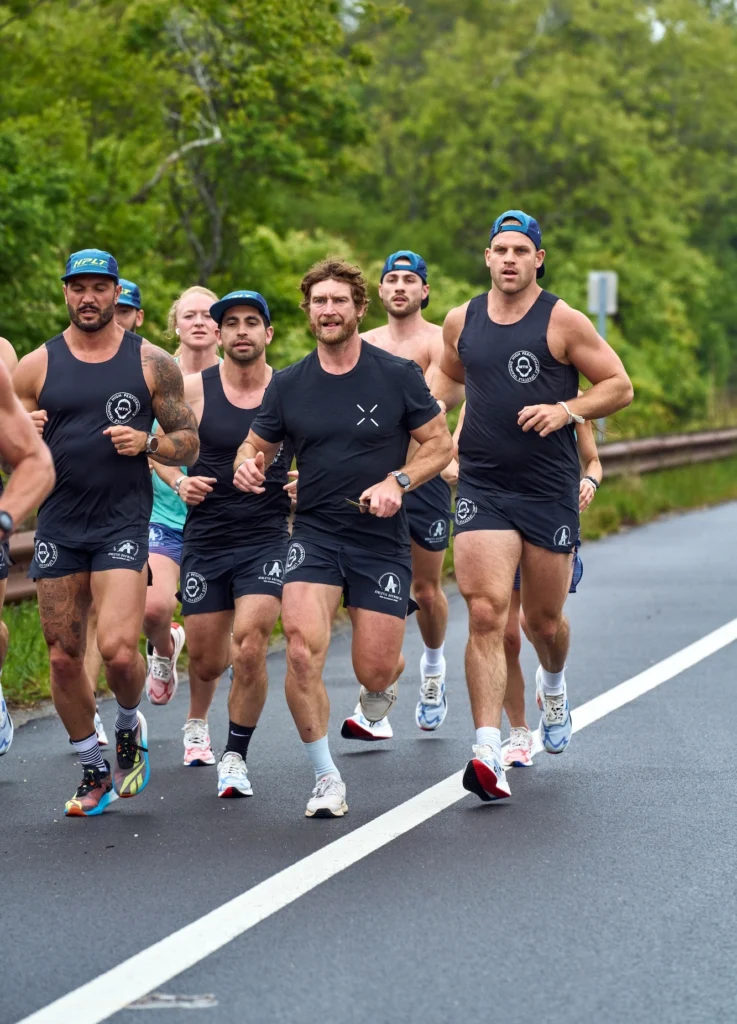
Squad training classes make up the core of The Athletic Clubs experience, but the brand offers additional opportunities for members to come in, work out and meet people. Members can also join a Run Club or Strength Club, or take part in weekend fitness activities including a Saturday morning Metcon-style workout known as the “Brunch Burn.”
To encourage even more social connection, The Athletic Clubs also hosts monthly social events, ranging from an annual black-tie gala to breathwork classes to happy hour.
The Athletic Clubs’ core member base is around 25 to 35 years old, with slightly more female members than males, although it varies depending on the studio.
The Rise of Social Fitness
The Athletic Clubs’ success shouldn’t be too surprising – amid the loneliness epidemic that was exacerbated by the pandemic, Americans are increasingly looking to group fitness as a way to build social connections.
As The Athletic Clubs looks to expand, it will do so with help from one of the brightest minds in boutique fitness.
Last year, Anne Mahlum announced that she was investing in the brand and would also be providing operation support. Mahlum touted the brand for its “unique” approach to group fitness through the concept of squad training.
For McCarthy, Mahlum’s support is important from a financial perspective, but it’s even more helpful strategically.
“Anne is, I think, the best fitness entrepreneur anywhere out there,” McCarthy says, noting the success she had in building Solidcore into a boutique fitness powerhouse with over 100 studios before exiting the company in April 2023 in a deal worth almost $100 million.
“I called her (the other day) and asked her about a very specific leasing question. She came back straight away with 10 options,” McCarthy shares.
While The Athletic Clubs hasn’t taken on any other outside funding, it could look to do so over the next 12 months to fuel further growth.
Formula for Success
The Athletic Clubs’ early success is explained in part by the obvious allure of social fitness. The other side of the equation lies in the brand’s meticulous approach to opening new studios and ensuring its members have a good time.
Before it opened in Williamsburg, for example, the brand rented a black Mercedes van, adorned it with The Athletic Clubs branding, and staged free outdoor workouts to gauge whether enough Brooklynites were interested in squad training. Once it felt confident it had built up a critical mass, McCarthy and his team signed a lease to open a studio in the neighborhood.
A similar process is currently underway in Hoboken, where The Athletic Clubs is set to open a physical location soon.
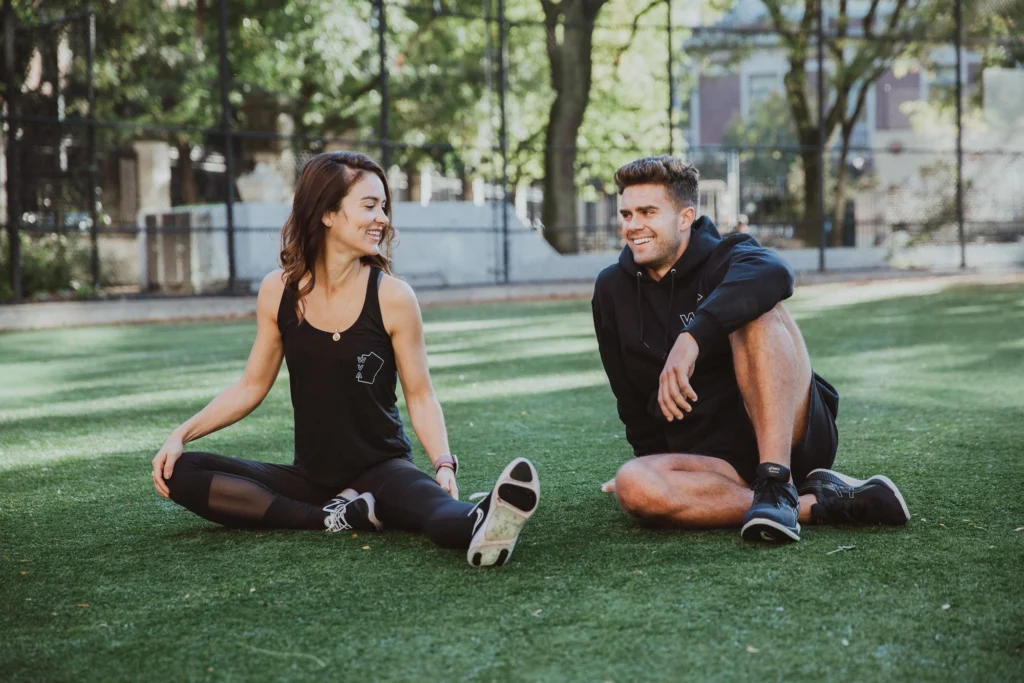
On the member-engagement front, the brand pays special attention to ensuring it provides the type of social connections its members sign up for.
At each studio, The Athletic Clubs employs a full-time general manager and a customer success manager, along with several part-time coaches. While customer success managers coach fitness classes (around 10-15 hours of instruction per week), they spend the majority of their time getting to know members.
“This isn’t like someone who’s at the door, waves to you and smiles, although I think that’s important,” McCarthy explains. “This is someone who knows that you just got into your MBA program and you might be having problems with your boyfriend.”
Thanks to these practices, The Athletic Clubs member retention numbers sit at around 98 to 99% — once someone commits to squad training, they rarely leave.
As it scales, McCarthy stresses that his brand will never sacrifice member satisfaction for growth.
“We are unapologetically looking for growth,” he says. “We have so much conviction in the model and what squad training can do for people that we want to take it to as many people as possible, within the confines of ensuring we don’t upset the product or our current members.”


